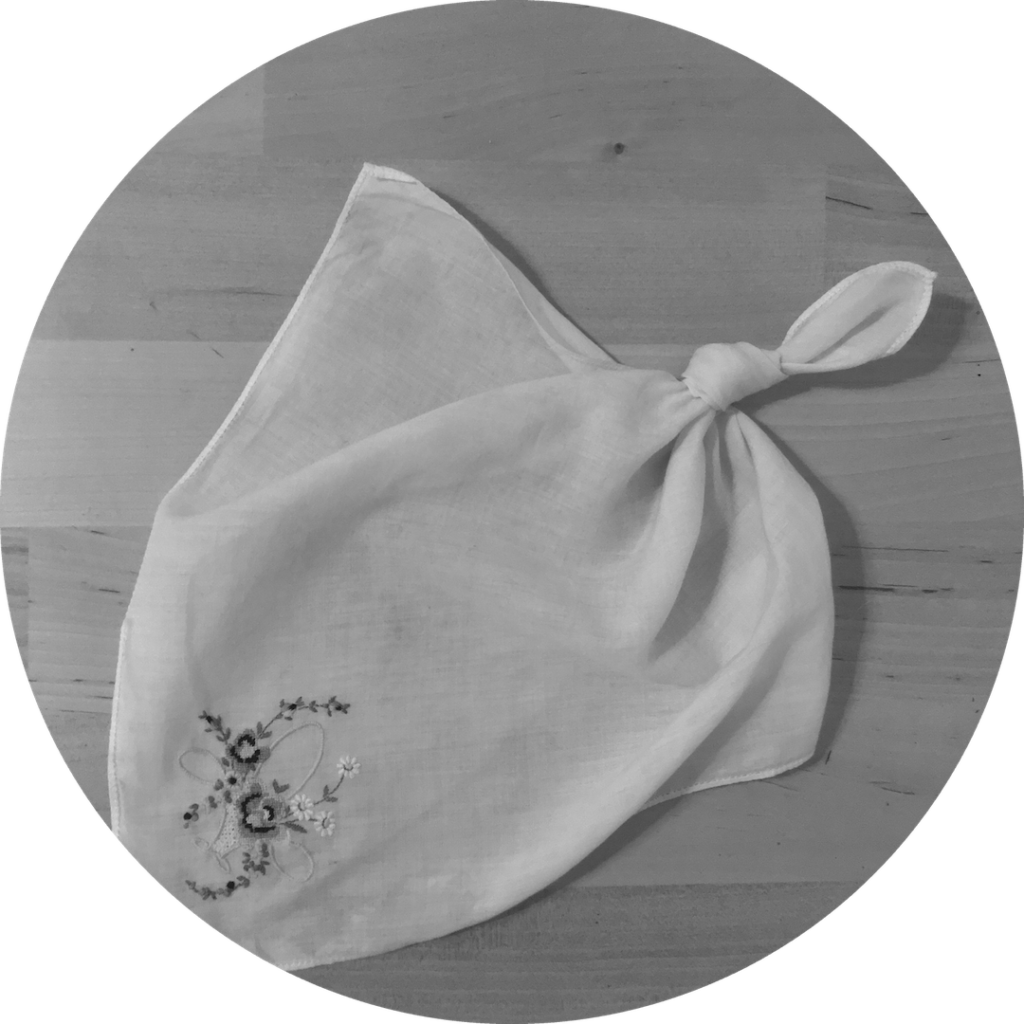
Camila Salame, b. 1985, Bogotá, Colombia.
Lives in Paris and works in Paris, Bogotá and Beirut.
Having finished her studies in fine arts and art history at the Universidad de Los Andes in Bogotá, Salame moved to Paris, where she pursued a master’s degree in fine arts at the Université Paris 1 Panthéon-Sorbonne.
Her artistic practice is expressed through the use of a diversified and often unconventional range of media and materials charged with personal and symbolic resonance. In the form of sculptures, installations, drawings, her work seeks to create semantic and poetic relationships that evoke narratives, fragments of an individual mythology still inscribed in a universal history. Echoing a personal quest around her origins, her work explores notions of place of origin, reconstitution of memory, and territories of affection, as well as emotional and intimate architecture.
Salame was selected to exhibit her work at the 64th Salon de Montrouge, the most important exhibition for young emerging artists in France in 2019. She participated in the exhibition Attaches – Young Colombian Artistic Scene in Paris, which took place at the Cité Internationale des Arts in Paris as part of the France-Colombia Cross Cultural Year in 2017-2018. Her work was furthermore shown in Beirut at the exhibition Exposure -Young Lebanese Artists at the Beirut Art Center in 2013, connecting her to the contemporary Lebanese art scene.Recent Solo shows are: But I am no more I, nor is my house now my house – at the Rincon Projects Gallery, Bogota, Colombia 2019 and Rose Water and Orange Blossoms at the Arts and Humanities Faculty exhibition space – Universidad de los Andes, Bogota, Colombia 2019.
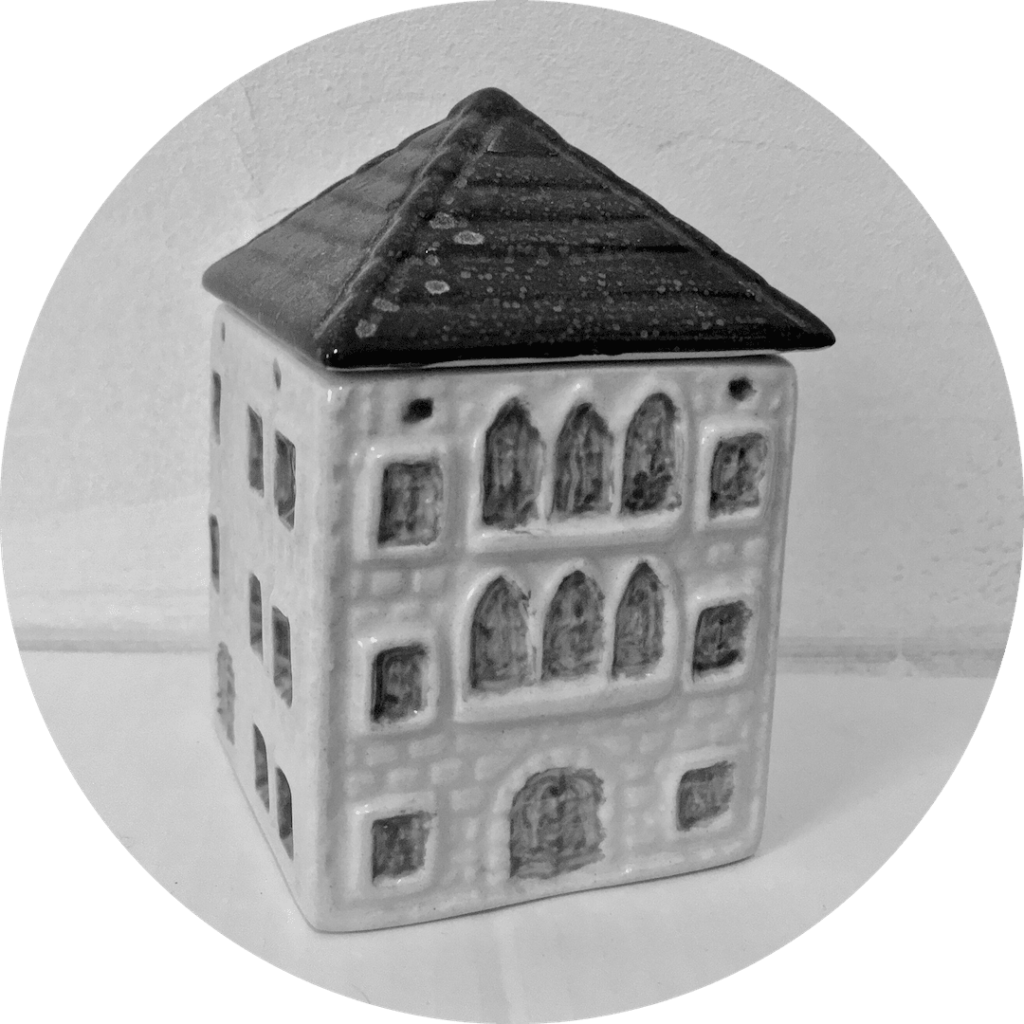
I conceived my Artist Room as a Memory Palace where I could share remembrances and anecdotes with you. A Memory Palace is a mnemonic device adopted in ancient Roman and Greek rhetorical treatises. It calls upon our spatial memories and it’s one of the most useful and effective when we’re trying to memorize. You need to memorize the layout of some building, or the arrangement of shops on a street or rooms in house, any geographical entity which is composed of a number of ‘loci’ or places. You will imagine storing ideas, memories, thoughts in these places choosing unique and vivid images, “items” associated with them.
When desiring to remember something kept here you must then imagine yourself walking through this place, retrieving the “items” that represent what you wish to remember.
To build my Artist “Memory” Room, I choose to imagine and memorize my artist studio in Paris, a familiar place. I then chose different things that are actually in my studio to mentally “store” in them thoughts and memories, which I am also sharing here with you. Welcome to my room!
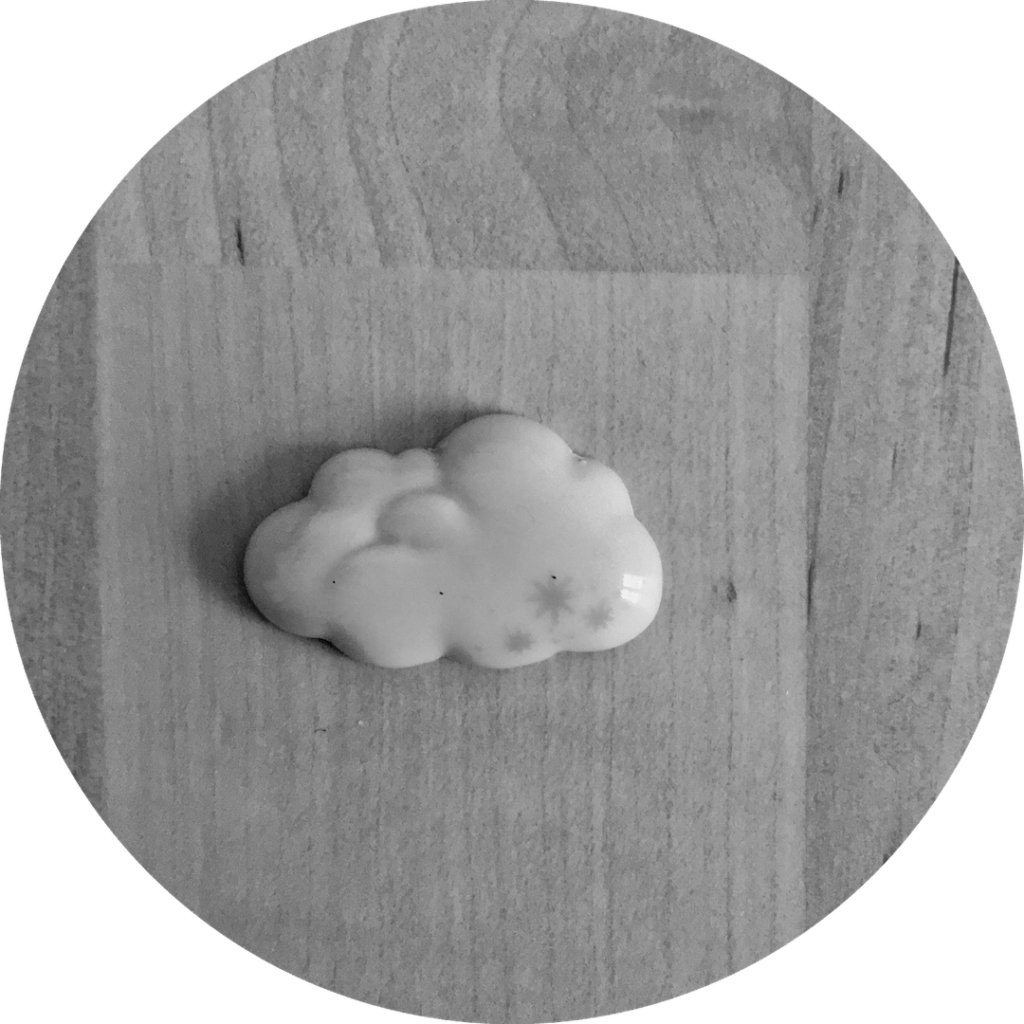
On Dream
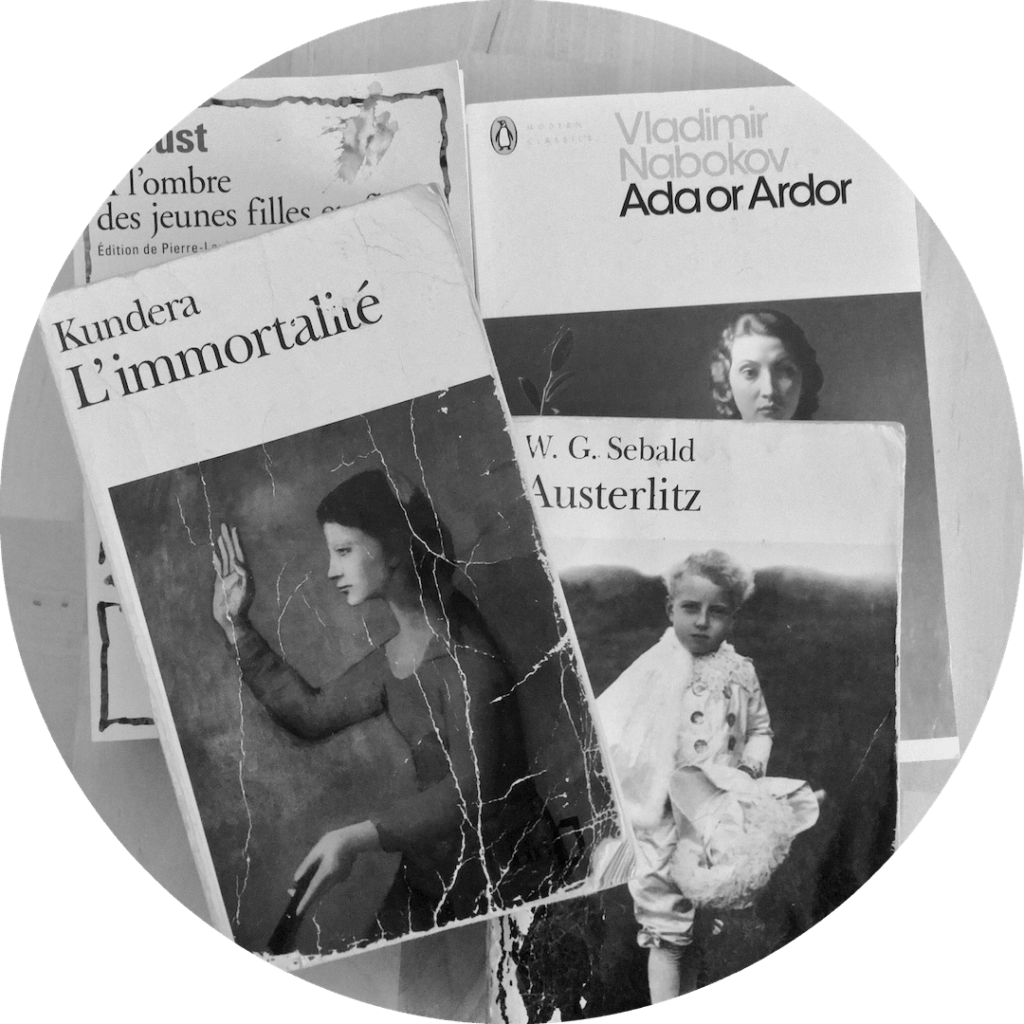
On Books
How to build a Memory Palace – ars memoriae
A memory palace is technically another type of mnemonic device, but it calls upon our spatial memories.
To start building your palace, just pull up an image of a familiar setting—like your home. Then, you need to create a floor plan. If you want to start small you can imagine a single room. However, if you’re up for a challenge, you can imagine your entire house, any place that you can picture clearly in your mind. This will give you more places to put memories.
Your map can be mental or you can actually draw one. There should also be a clear route from room to room. You want to be able to move freely from one room to the next without backtracking, so you may need to knock down a few (virtual) walls in your palace. Then, make sure you memorize your palace, taking a walk through from start to finish.
Once your palace is memorized, you’ll want to identify storage units or numbered stations. This is where you will put words or what you’d like to remember. You are literally creating spaces in your memory where wordswill go, using details from your palace, so be sure to remember these stations.
After you have your route and your stations clear in your mind, you can start the storage process. Each time you need to store a new word or concept, put the mnemonic in the very next slot inside your palace. When you run out of space in one palace, create a new one, but do it in a way that’s easy for you to remember. Take a daily stroll through your palace so you don’t forget. It will soon become a part of your working memory, and your mind will eventually be able to recall the words without the mnemonics!
If you’ve chosen a real place that you have access to, you can practice in your memory palace in real time. While you’re physically in the space that you have designated as your memory palace, take time to reinforce the stations in your mind so that you can more easily recall them while you’re away.
Notice all of the details in your actual palace, and look for new spots to store memories. Every now and then, rather than your visual walk through your palace, take an actual walk through. You might even put up visual reminders just as I did, in your real-life palace.
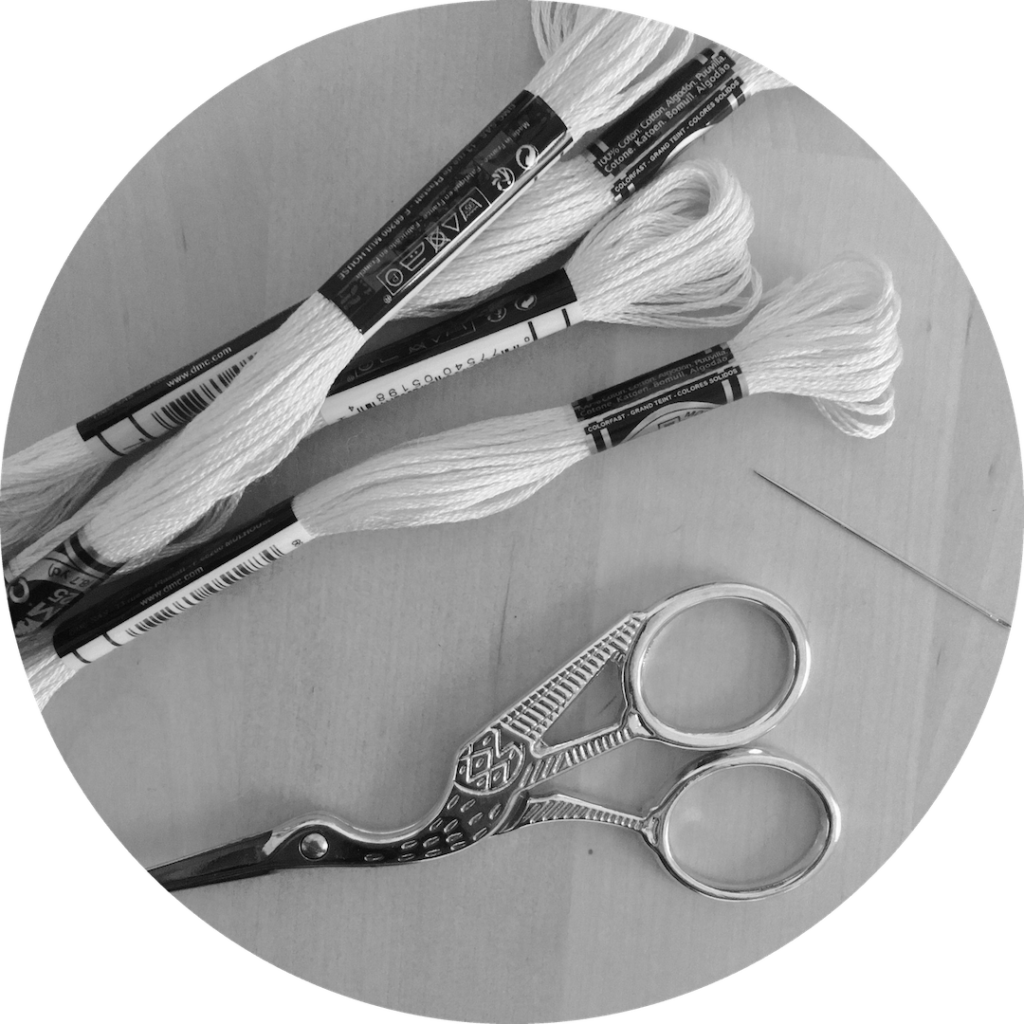
On Creation
On Words
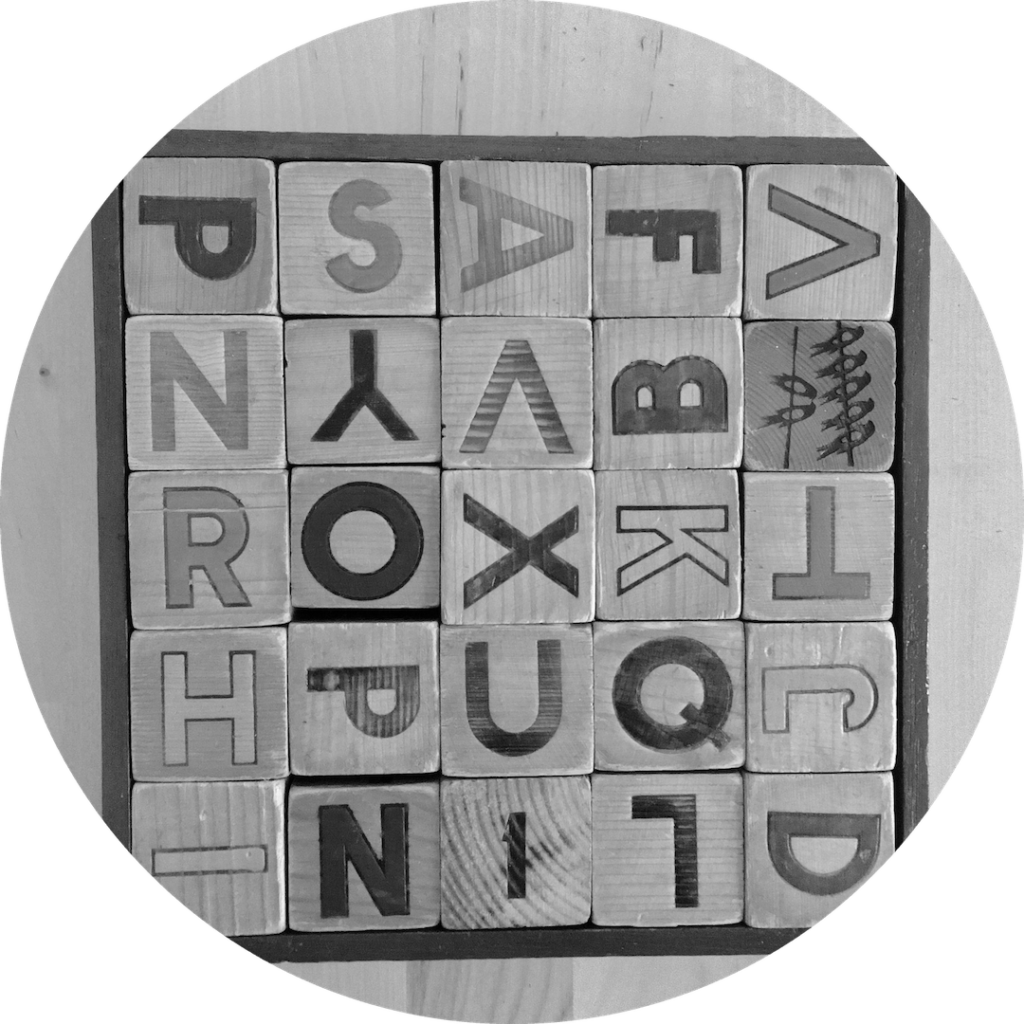
I feel I have been collecting words all my life. Words that create a lovely melody when pronouncing them regardless of their meaning. I like some words more than other because of the memories they evoke in me. Some, are just funny words.
I love etymology and I wish I had learned Greek and Latin in my University years.
Back in Bogotá I used to mentally collect words with the sound “CH”. In Colombian Spanish you can find this sound in so many words that are used in a daily basis: muchacha, churro, chinche, chicharron, chancho, chorizo, chisme, remolacha, chazco, chingue, chanda, chance, chevere, chucha, chusma, chiste, habichuela, chuleta, chirimoya, chusco, chancleta, champeta, chillona, chicle, chimichurri…I did it for the fun of it.
I started writing more and more words when I came to France and I would be learning 100 words per day. I would visit an exhibition and when reading the description of the artwork I would “fish” for new words. Once I learn a new word in French I suddenly start hearing it everywhere. I sometimes forget my lists of words keep in an old idea-notepad and I enjoy finding them again.
On Memories
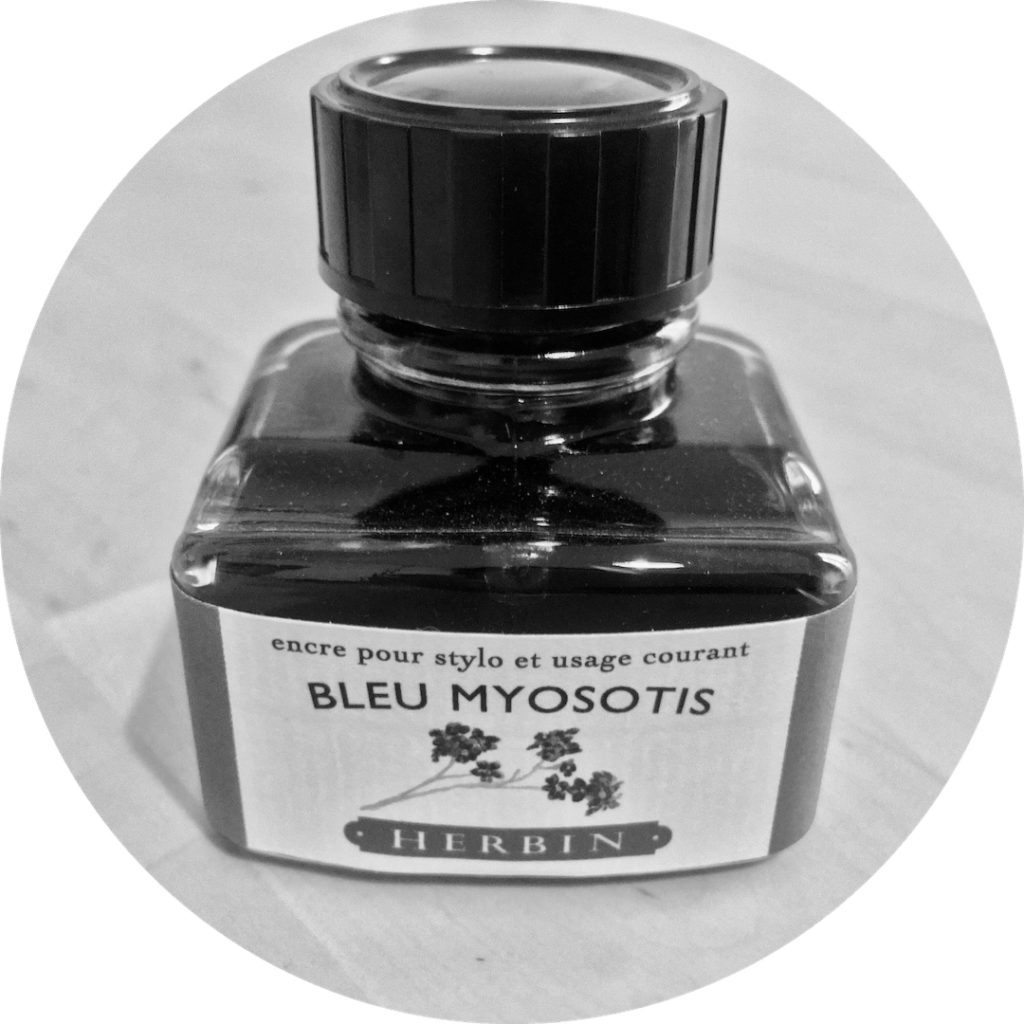
In a conversation, I often forget words in Spanish, or in English and must recall it in another language. A conversation can sometimes turn out into intense memory gymnastics for me. But I also like the fact that I can sometimes “be” a different version of me in each language.
I have a terrible auditory memory when memorizing names or data that I have just heard and have not read or written down. This has made it very hard for me when learning Lebanese. Being an Arabic dialect, and given that Literary Arabic is not very useful in everyday day life, I decided to learn to speak Lebanese without writing Arabic. In the process, I have discovered how difficult it is for me to distinguish some ‘sounds’, or even words that sound the exactly same to me, when they actually mean totally different things. Because I didn’t hear these sounds when I was a child, they are not part of by sound memory bank. It’s harder to recognize them and to reproduce them. Sounds are memories too and I am slowly gathering the Lebanese sounds in my tongue.
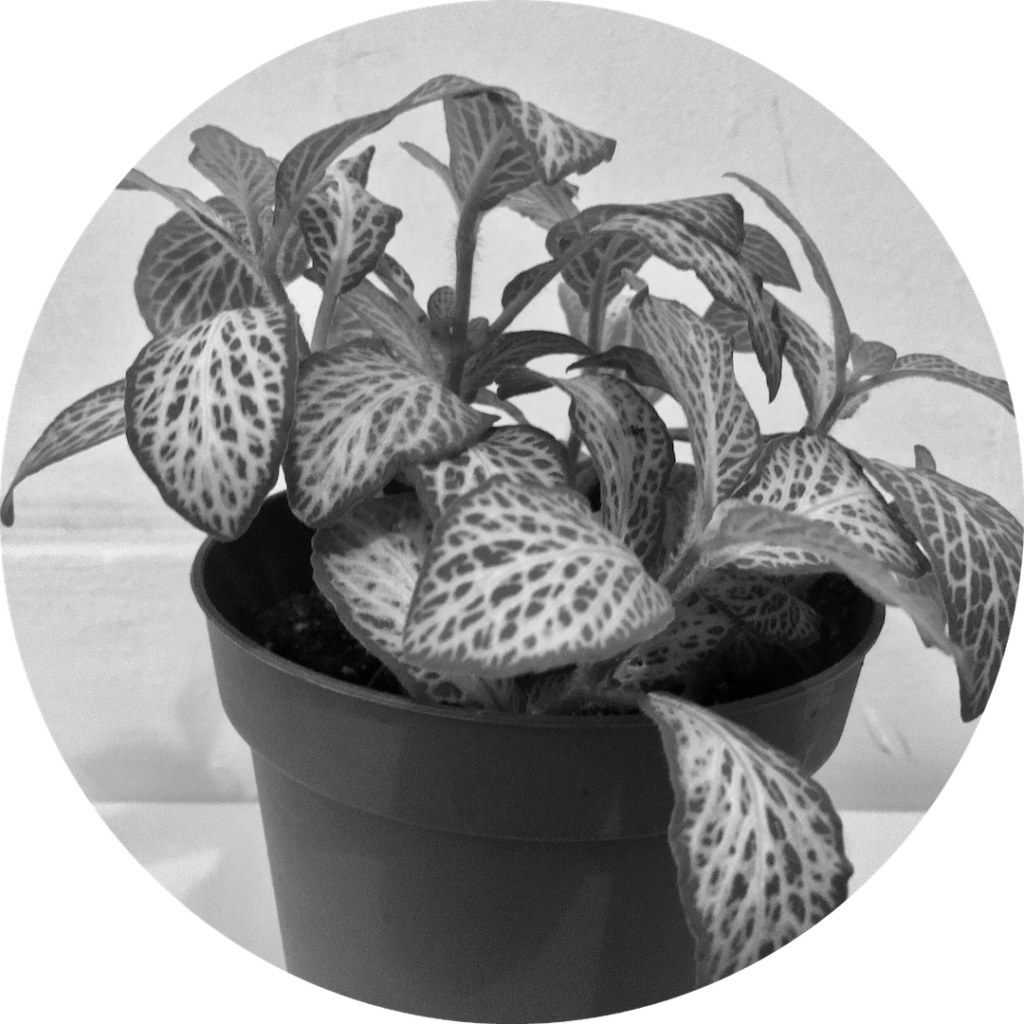
On Languages
